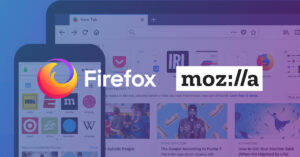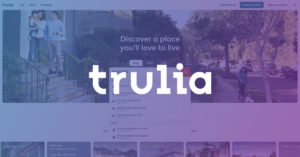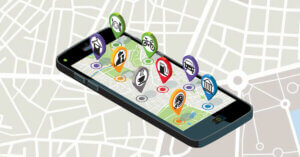Why Tablets Should Be Treated Differently Than Smartphones
By SiteSpect Marketing
January 7, 2014
Share
14.4%. That’s the percentage of all online sales driven by tablets on Black Friday, according to the new IBM Benchmark Report. With all of the buzz around mobile, it’s important to consider the impact that tablets have on customer experience, marketing, and sales. As experiences and shopping patterns differ between smartphone and tablet users, your overall mobile strategy should consider each group separately.
That’s because shoppers used smartphones to browse and research products while they preferred tablets to actually make purchases. Sure, smartphones drove 19.7% of all traffic on Cyber Monday and 24.9% of all traffic on Black Friday. But even with this significant traffic, smartphones only drove half as much revenue as tablets. Here are just a few of the staggering statistics from Black Friday and Cyber Monday (all data from IBM Benchmark Report):
- On average, tablet users spent $126.30 per order compared to smartphone users who spent $106.49.
- Tablets drove double the amount of sales that smartphones did, 14.4% vs. 7.2%.
- The conversion rate of U.S. retail sites was 3.10% on Cyber Monday, and 2.47% on Black Friday. Overall, conversions were 19.23% higher on Cyber Monday 2013 versus 2012.
- The average session length for visitors on Black Friday to U.S. retail sites from a mobile device was 5:39, and went up to 5:52 on Cyber Monday.
When you break these statistics down even further by device type, you can see the difference in user behavior between smartphone and tablet users. For example, only 1.4% of smartphone shoppers on Black Friday 2013 converted to sales, while shoppers using a tablet converted at a much higher rate, 4.25%. With this in mind, consider your overall mobile experience and what that looks like on both a smartphone and a tablet. Ensure you are taking advantage of the increased screen real estate afforded by tablets and the time that tablet users are spending on your site to make the most of the mobile shopping experience.
In order to present the best tablet experience, ensure that the layout of your website and mobile app (if applicable) is making the best use of screen size by device. Try A/B testing different layouts, checkout flows, search layouts and functionality changes, buttons, and any other customer touchpoint in the conversion funnel.
Here are some articles with additional tips to get you started:
- Making Mobile Part of Your Cyber Monday Preparation
- How to Optimize your Website for Mobile Devices
- 5 Mobile Site Performance Challenges (and How to Fix Them)
- Using Multivariate Testing to Optimize Mobile Sites
To learn more about SiteSpect, visit our website.
Share
Suggested Posts
Subscribe to our blog:






